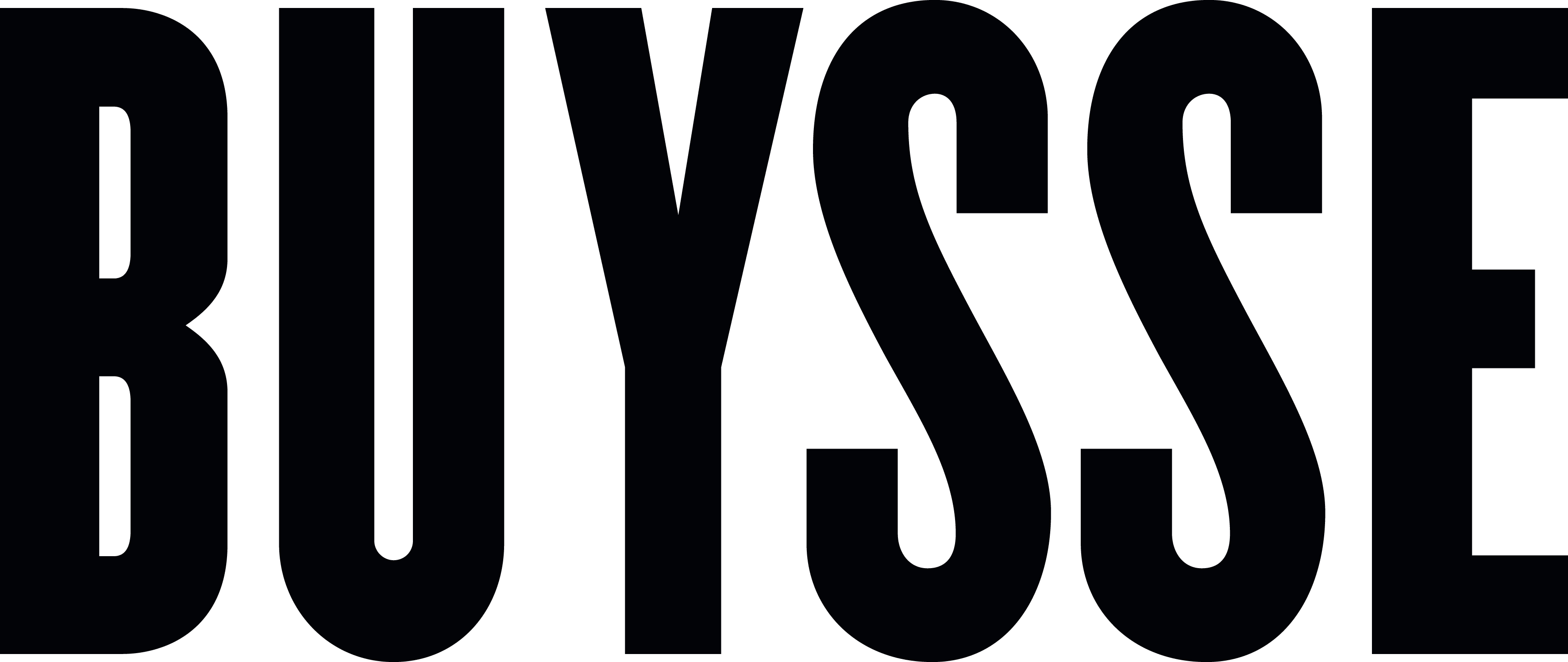 Lieven Deconinck, Untitled (blue), 2024. © Buysse Gallery. All rights reserved.
Lieven Deconinck, Untitled (blue), 2024. © Buysse Gallery. All rights reserved.
Lieven Deconinck Belgium, b. 1978
Untitled (blue), 2024
Silkscreen ink and acrylic on PVC panel mounted on wood
(mounted on wood panel)
(mounted on wood panel)
103 x 75 cm
40 1/2 x 29 1/2 in
40 1/2 x 29 1/2 in
Unique
Lieven Deconinck’s Untitled (blue) from 2024 is a striking composition that merges gestural abstraction with a restrained colour palette, creating a dynamic interplay between printmaking and painting. The deep, vibrant...
Lieven Deconinck’s Untitled (blue) from 2024 is a striking composition that merges gestural abstraction with a restrained colour palette, creating a dynamic interplay between printmaking and painting.
The deep, vibrant blue dominating the image recalls Yves Klein’s iconic International Klein Blue (IKB), which similarly employed pure colour to evoke emotional depth and a sense of boundlessness. The energetic brushstrokes and fluid forms in Deconinck’s work suggest influences from the Abstract Expressionist movement, particularly Franz Kline, whose sweeping, bold gestures from the 1950s share a comparable raw intensity and spatial tension. However, where Kline’s work often emphasised sharp contrasts, Deconinck’s forms are more fluid and organic, lending a sense of movement and impermanence.
Robert Motherwell’s Elegies to the Spanish Republic series (1948-1967) also comes to mind, with its use of simplified shapes and monochromatic fields that imbue abstract forms with emotional and historical resonance. While Deconinck eschews overt symbolism, his emphasis on the materiality of the medium connects him to Color Field painting, focusing on the purity of form and pigment rather than narrative content.
Deconinck’s process-oriented use of silkscreen and acrylic on PVC draws clear parallels to Pop Art, particularly to the work of Andy Warhol, who revolutionised the use of silkscreening as a bridge between fine art and mass production. While Warhol’s approach was rooted in the reproduction of popular imagery, Deconinck’s silkscreens retain a painterly quality, blending the mechanical and the handmade, much like Christopher Wool. Wool’s gritty, layered use of silkscreen and paint to create abstract, often raw compositions that explore the tension between control and chance resonates in Deconinck’s work. Both artists challenge traditional notions of authorship and originality, questioning where the boundary lies between the mechanical and the human touch.
In summary, Untitled (blue) draws from a wide array of historical and contemporary influences, ranging from the visceral, gestural intensity of Abstract Expressionism and the minimalist tendencies of Color Field painting to the technological experimentation found in Pop Art and postmodern abstraction. These references converge to create a work that is both timeless and thoroughly contemporary, inviting the viewer to contemplate the evolving dialogue between traditional and modern techniques in painting and printmaking.
The deep, vibrant blue dominating the image recalls Yves Klein’s iconic International Klein Blue (IKB), which similarly employed pure colour to evoke emotional depth and a sense of boundlessness. The energetic brushstrokes and fluid forms in Deconinck’s work suggest influences from the Abstract Expressionist movement, particularly Franz Kline, whose sweeping, bold gestures from the 1950s share a comparable raw intensity and spatial tension. However, where Kline’s work often emphasised sharp contrasts, Deconinck’s forms are more fluid and organic, lending a sense of movement and impermanence.
Robert Motherwell’s Elegies to the Spanish Republic series (1948-1967) also comes to mind, with its use of simplified shapes and monochromatic fields that imbue abstract forms with emotional and historical resonance. While Deconinck eschews overt symbolism, his emphasis on the materiality of the medium connects him to Color Field painting, focusing on the purity of form and pigment rather than narrative content.
Deconinck’s process-oriented use of silkscreen and acrylic on PVC draws clear parallels to Pop Art, particularly to the work of Andy Warhol, who revolutionised the use of silkscreening as a bridge between fine art and mass production. While Warhol’s approach was rooted in the reproduction of popular imagery, Deconinck’s silkscreens retain a painterly quality, blending the mechanical and the handmade, much like Christopher Wool. Wool’s gritty, layered use of silkscreen and paint to create abstract, often raw compositions that explore the tension between control and chance resonates in Deconinck’s work. Both artists challenge traditional notions of authorship and originality, questioning where the boundary lies between the mechanical and the human touch.
In summary, Untitled (blue) draws from a wide array of historical and contemporary influences, ranging from the visceral, gestural intensity of Abstract Expressionism and the minimalist tendencies of Color Field painting to the technological experimentation found in Pop Art and postmodern abstraction. These references converge to create a work that is both timeless and thoroughly contemporary, inviting the viewer to contemplate the evolving dialogue between traditional and modern techniques in painting and printmaking.
